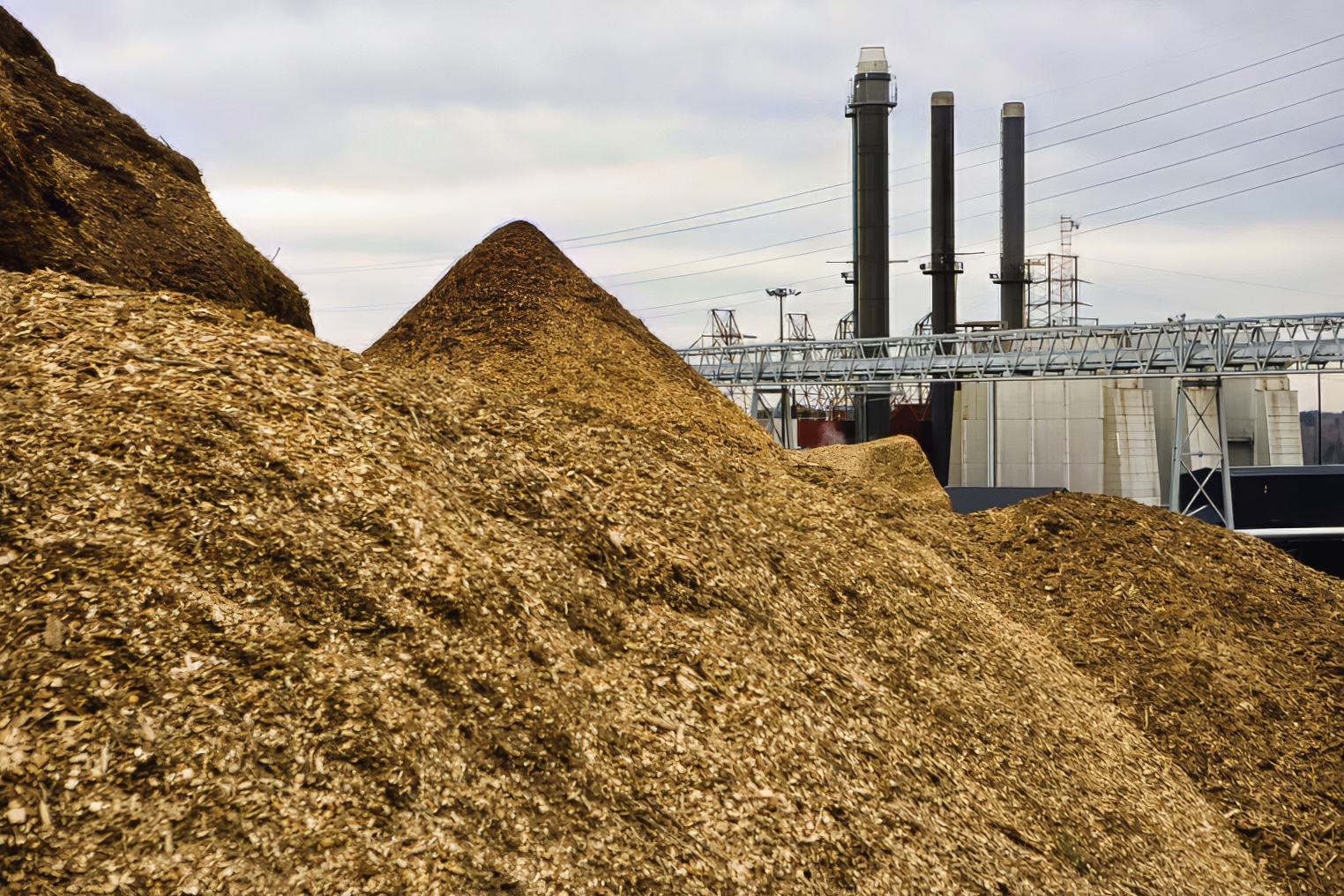Wood and Biomass Recycling in Australia
Wood and Biomass Recycling in Australia
Wood & Biomass Recycling in Australia in 2024

Introduction
Australia’s commitment to sustainable waste management and environmental conservation extends to the recycling of wood and biomass materials. Wood waste and biomass recycling play a crucial role in reducing landfill usage, lowering greenhouse gas emissions, and supporting the circular economy. As suppliers of products and systems to the wood and biomass recycling industry in Australia, we provide an in-depth analysis of the current state of the industry, highlighting significant projects and exploring future directions.
The Importance of Wood and Biomass Recycling
Environmental Concerns
- Waste Generation: Wood waste constitutes a significant portion of Australia’s waste stream, generated from construction, demolition, forestry, and municipal activities.
- Landfill Impact: Disposing of wood waste in landfills contributes to methane emissions, a potent greenhouse gas.
- Deforestation Pressure: Recycling wood reduces the demand for virgin timber, alleviating pressure on forests and promoting biodiversity.
Resource Recovery
- Material Reuse: Recycled wood can be repurposed for various applications, including construction materials, landscaping products, and furniture.
- Energy Production: Biomass recycling converts organic waste into renewable energy sources like biofuels and biogas.
- Soil Enhancement: Wood and biomass recycling produce mulch and compost, improving soil health and agricultural productivity.
Current State of Wood and Biomass Recycling in Australia
Waste Generation and Recycling Rates
- Wood Waste Volume: Australia generates approximately 6 million tonnes of wood waste annually.
- Recycling Rate: As of 2023, about 50% of wood waste is recovered and recycled, with the remainder predominantly sent to landfills.
- Biomass Utilization: Biomass accounts for about 5% of Australia’s total energy consumption, with potential for growth.
Sources of Wood and Biomass Waste
- Construction and Demolition (C&D): Major contributors to wood waste, including off-cuts, pallets, and discarded timber.
- Municipal Solid Waste (MSW): Includes green waste from households, such as garden trimmings and food scraps.
- Forestry and Agricultural Residues: Comprise logging residues, sawdust, and crop residues.
Infrastructure and Capacity
- Recycling Facilities: Numerous facilities process wood waste into mulch, compost, particleboard, and bioenergy feedstock.
- Bioenergy Plants: Biomass power plants convert organic waste into electricity and heat.
- Collection Systems: Municipal green waste collections and commercial services facilitate the gathering of wood and biomass waste.
As suppliers to this industry, we provide essential equipment and systems that enhance the efficiency and capacity of these facilities, contributing to technological advancement and increased recycling rates.
The Wood and Biomass Recycling Process
Wood Recycling Process
- Collection: Wood waste is collected from construction sites, demolition projects, municipal collections, and commercial sources.
- Sorting: Materials are sorted to remove contaminants such as plastics, metals, and hazardous substances.
- Processing:
- Shredding and Grinding: Wood is processed into chips or mulch using shredders and grinders.
- Screening: Ensures uniform size and quality of the processed material.
- Product Manufacturing:
- Mulch and Compost: Used in landscaping and agriculture.
- Particleboard and MDF: Reconstituted wood products for construction and furniture.
- Animal Bedding: Clean wood shavings used for livestock bedding.
Biomass Recycling Process
- Collection: Biomass waste includes organic materials like agricultural residues, forestry waste, and food scraps.
- Pre-treatment: Materials may be dried, shredded, or processed to prepare for conversion.
- Conversion Technologies:
- Anaerobic Digestion: Microbial processes convert organic matter into biogas (methane) and digestate.
- Combustion: Direct burning of biomass to produce heat and electricity.
- Gasification and Pyrolysis: Thermal processes that convert biomass into syngas or bio-oil.
- Energy Production:
- Electricity and Heat: Generated from biogas or direct combustion.
- Biofuels: Liquid fuels like biodiesel and bioethanol for transportation.
Our products and systems are integral at various stages of these processes, particularly in sorting, processing, and conversion operations, where efficiency and precision are crucial.
Benefits of Wood and Biomass Recycling
Environmental Benefits
- Greenhouse Gas Reduction: Diverting wood waste from landfills reduces methane emissions. Biomass energy reduces reliance on fossil fuels.
- Resource Conservation: Recycling wood preserves forests and reduces deforestation.
- Soil Improvement: Compost and mulch enhance soil structure, fertility, and water retention.
- Renewable Energy: Biomass energy contributes to renewable energy targets and reduces carbon footprint.
Economic Benefits
- Job Creation: Supports employment in collection, processing, manufacturing, and renewable energy sectors.
- Market Development: Stimulates markets for recycled wood products and biomass energy.
- Cost Savings: Provides cost-effective materials for construction, agriculture, and energy production.
- Waste Management Efficiency: Reduces landfill costs and extends landfill life.
By supplying advanced equipment and systems, we contribute to amplifying these benefits, enabling the industry to operate more sustainably and economically.
Challenges Facing the Industry
Contamination and Quality Control
- Mixed Waste Streams: Presence of contaminants like plastics, metals, and hazardous materials complicates recycling processes.
- Treated Wood: Chemicals in treated wood (e.g., CCA-treated timber) pose environmental and health risks if not properly managed.
Our advanced sorting and processing systems address these challenges by improving material separation accuracy and ensuring safe handling of hazardous substances.
Market Fluctuations
- Demand Variability: Market demand for recycled wood products and biomass energy can be volatile.
- Competition with Virgin Materials: Low prices of virgin timber and fossil fuels can affect the competitiveness of recycled products.
Regulatory and Compliance Issues
- Inconsistent Regulations: Variations in state regulations on waste management and bioenergy create challenges for the industry.
- Emission Standards: Compliance with strict emission standards for biomass energy facilities requires advanced technologies.
Technical Challenges
- Technology Adoption: High capital costs for advanced processing and conversion technologies can be a barrier.
- Efficiency Improvements: Continuous innovation is needed to enhance processing efficiency and energy conversion rates.
Government Initiatives and Policies
National Waste Policy Action Plan 2019
- Targets: Aims to reduce total waste generation and increase resource recovery rates across all waste streams.
- Organics Focus: Emphasizes the reduction of organic waste to landfill and supports composting and energy recovery initiatives.
Renewable Energy Policies
- Renewable Energy Target (RET): Encourages the generation of electricity from renewable sources, including biomass.
- Emissions Reduction Fund: Provides incentives for projects that reduce greenhouse gas emissions, including bioenergy projects.
State and Territory Initiatives
- Waste Strategies: States like New South Wales, Victoria, and Queensland have waste management strategies promoting organics recycling.
- Landfill Levies: Implemented to discourage landfill disposal and encourage recycling.
Funding and Support
- Australian Renewable Energy Agency (ARENA): Provides funding for innovative bioenergy projects.
- Grants and Incentives: Support businesses investing in recycling infrastructure and technologies.
These policies promote the growth of the wood and biomass recycling industry, creating opportunities for suppliers like us to support expanding infrastructure needs.
Highlighting Significant Projects in Australia
Timberlink’s CLT Plant
- Overview: Timberlink is establishing a Cross Laminated Timber (CLT) and Glue Laminated Timber (GLT) manufacturing plant in South Australia.
- Significance:
- Utilizes plantation pine, including recycled wood, to produce sustainable building materials.
- Impact:
- Supports the construction industry with eco-friendly alternatives.
- Promotes the use of recycled wood in high-value applications.
Yarra Valley Water’s Waste to Energy Facility
- Overview: Located in Victoria, this facility processes organic waste to generate renewable energy.
- Process:
- Uses anaerobic digestion to convert food and organic waste into biogas.
- Contribution:
- Generates enough electricity to power the adjacent sewage treatment plant.
- Reduces landfill waste and greenhouse gas emissions.
ReNu Energy’s Biomass Power Station
- Overview: ReNu Energy operates a biomass power station in Queensland.
- Feedstock:
- Utilizes wood waste from local forestry operations.
- Output:
- Generates 1.5 MW of renewable electricity supplied to the grid.
- Benefits:
- Supports local industries by providing a waste management solution.
- Contributes to renewable energy targets.
Biomass Producer Project
- Overview: An initiative by Agrifutures Australia to promote biomass as a renewable energy source.
- Activities:
- Provides information and resources on biomass feedstocks and technologies.
- Supports research and development in bioenergy.
- Impact:
- Encourages the adoption of biomass energy in rural and regional areas.
- Enhances understanding of biomass potential in Australia.
Veolia’s Woodlawn Eco-Precinct
- Overview: Veolia operates the Woodlawn Eco-Precinct in New South Wales, integrating waste management and renewable energy.
- Facilities:
- Bioreactor: Processes organic waste, including wood and biomass, to generate biogas.
- Composting: Produces compost and soil amendments from organic materials.
- Contribution:
- Diverts significant volumes of waste from landfill.
- Generates renewable energy and valuable soil products.
Our collaboration with these and other projects involves supplying advanced equipment and systems that enhance processing efficiency, safety, and environmental performance.
Innovations and Future Prospects
Technological Advancements
- Advanced Conversion Technologies:
- Gasification and Pyrolysis: Offer higher efficiency and the potential to produce biofuels and chemicals.
- Bioproducts Development:
- Bioplastics and Biochemicals: Research into converting biomass into alternative materials.
- Automation and AI:
- Use of robotics and artificial intelligence for sorting and processing, enhancing efficiency and reducing labor costs.
Our commitment to innovation ensures that we offer the latest technologies to recycling facilities, improving environmental outcomes and economic viability.
Circular Economy Initiatives
- Design for Reuse:
- Encouraging product designs that facilitate reuse and recycling of wood materials.
- Sustainable Forestry Management:
- Promoting practices that ensure a sustainable supply of wood resources.
- Bioenergy Integration:
- Combining waste management with energy production to maximize resource utilization.
Market Development
- Export Opportunities:
- Developing markets for wood pellets and biomass products internationally.
- Domestic Demand Growth:
- Increasing demand for renewable energy and sustainable products supports market expansion.
Industry Collaboration
- Partnerships:
- Collaboration between government entities, industry players, and research institutions is crucial for advancing technology and expanding markets.
- Investment in R&D:
- Increased funding for research and development to improve recycling processes and develop innovative applications for recycled materials.
We actively participate in industry collaborations and invest in research and development to contribute to the industry’s sustainable future.
Where From Here: The Future of Wood and Biomass Recycling in Australia
The wood and biomass recycling industry in Australia is poised for significant growth and innovation:
- Policy Advancements: Strengthening of waste management and renewable energy policies will drive industry growth.
- Technological Innovation: Advancements in processing and conversion technologies will improve efficiency and expand capabilities.
- Market Expansion: Growing demand for sustainable products and renewable energy will enhance market opportunities.
- Sustainability Goals: Aligning with national and global sustainability objectives, the industry will contribute significantly to reducing environmental impacts and supporting the circular economy.
As suppliers to the wood and biomass recycling industry, we are dedicated to supporting these advancements by providing state-of-the-art products and systems that enhance efficiency, ensure safety, and contribute to the industry’s overall growth.
Conclusion
Wood and biomass recycling in Australia is essential for environmental protection, resource conservation, and sustainable development. While significant progress has been made, challenges such as contamination, market fluctuations, and technological barriers remain.
By addressing these challenges through technological innovation, policy support, and industry collaboration, Australia can enhance its wood and biomass recycling performance, benefiting both the environment and the economy. We remain committed to supporting the industry through our advanced products and systems, contributing to a more sustainable future.
References
- Australian Government Department of Agriculture, Fisheries and Forestry. (2023). National Waste Policy Action Plan. Retrieved from www.agriculture.gov.au
- Australian Renewable Energy Agency (ARENA). (2023). Bioenergy Projects and Funding Opportunities. Retrieved from www.arena.gov.au
- Australian Bureau of Statistics. (2022). Waste Account, Australia. Retrieved from www.abs.gov.au
- Clean Energy Council. (2023). Bioenergy in Australia. Retrieved from www.cleanenergycouncil.org.au
- Timberlink Australia. (2023). CLT and GLT Manufacturing. Retrieved from www.timberlinkaustralia.com.au
- Yarra Valley Water. (2023). Waste to Energy Facility Information. Retrieved from www.yvw.com.au
- ReNu Energy. (2023). Biomass Power Projects. Retrieved from www.renuenergy.com.au
- Veolia Australia and New Zealand. (2023). Woodlawn Eco-Precinct Overview. Retrieved from www.veolia.com/anz
- Agrifutures Australia. (2023). Biomass Producer Resource. Retrieved from www.agrifutures.com.au
- Sustainability Victoria. (2023). Organic Waste and Resource Recovery. Retrieved from www.sustainability.vic.gov.au


